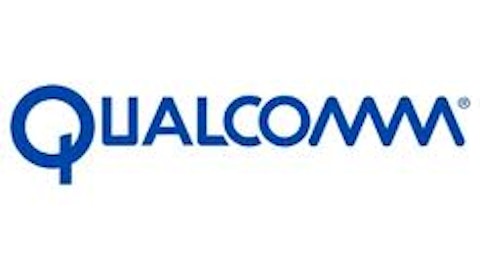We’ve known for years that China isn’t the most honest trade partner. It subsidizes industries it wants to own, manipulates its currency, and doesn’t care about borrowing intellectual property when it sees fit. But recent hacking of U.S. companies and the U.S. government has brought to the forefront one of the great challenges for U.S. companies in China: how to control increasingly important intellectual property in today’s connected world.
Most major companies do some business with China; many even outsource a large amount of production. Can they really expect China to keep trade secrets a secret when they’re stealing them from across the ocean? It’s a challenge that may define how companies view China in the future.

The challenge for companies has become leveraging inexpensive labor in China without exposing all of their secrets to workers there. Companies take a variety of strategies to mitigate the danger of losing control of IP.
For a company such as Apple Inc. (NASDAQ:AAPL), which has most of its products manufactured in China, you do this by developing and producing different parts of a product around the world. The software is developed in the U.S. while displays and chips are made by suppliers around Asia and shipped to Foxconn for final assembly. This makes it harder for a single manufacturer to copy Apple Inc. (NASDAQ:AAPL)’s products, particularly the software that makes everything work smoothly.
3M Co (NYSE:MMM) takes a slightly different approach. It chooses to manufacture highly sensitive technology in the U.S. The two largest manufacturing plants 3M owns are within about an hour’s drive of headquarters in St. Paul, Minn., keeping sensitive IP close to home. When manufacturing is complete for a product, such as the films that go into Apple Inc. (NASDAQ:AAPL)’s products, the converting (cutting the film into phone-shaped pieces) may take place in Asia but the sensitive technology has stayed close to home.
But even these methods don’t always work. American Superconductor Corporation (NASDAQ:AMSC) was nearly put out of business when Chinese manufacturing partner Sinovel stole proprietary software the company used to control wind turbines. The manufacturer paid (or promised to pay) a disgruntled employee for the code and cut ties with the company despite contractual obligations. In this case, the Chinese court system hasn’t backed up American Superconductor despite the fact the man who sold the IP is in jail and Sinovel clearly breached contracts. What recourse does a company have even when all possible protections are done?
More reason to come home
I think the recent hacking attacks give U.S. companies even more reason to bring manufacturing back home. Even though attacks happened to U.S. companies and originated in China, the ocean between us at least makes it harder to copy products or steal technology. The fallout from hacking may not be felt overnight, but it is a piece of China’s strategy to dominate increasingly complex industries once owned by U.S. companies. When the government of China is involved with hacking as well as funding industries, you can tell it’s a concerted effort to pick industries China wants to own, which should worry U.S. companies.
The U.S. used to control the PC business until it started outsourcing manufacturing to China and other Asian nations. Over two decades, engineers became increasingly capable at building computers and today they own the industry. In 2001, four U.S. companies and one Japanese company were the top five computer makers by market share; today three of five are Asian companies. That’s a huge shift in a giant industry over just 11 years.
Smartphones are trending in the same direction. Manufacturing already occurs in China and it’s only a matter of time before a serious brand emerges to challenge today’s leaders. Apple Inc. (NASDAQ:AAPL) taught Samsung how to build today’s smartphones and rumors have circulated that supplier Foxconn has its sights on its own smartphone.





